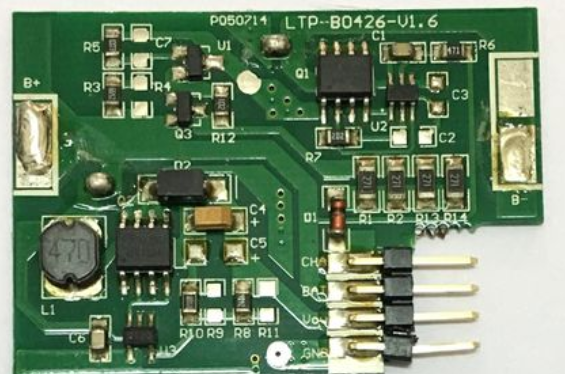FPC is the abbreviation of Flexible Printed Circuit, also known as flexible circuit board, flexible printed circuit board, flexible circuit board, or FPC for short. It has the characteristics of high wiring density, light weight, and thin thickness.
Application of FPC on smart phones
With the rapid expansion of applications such as smartphones, tablet computers, LED TVs, and ultra-thin NB notebooks, leading consumer electronics FPC brings more and more market space.
Apple is a firm supporter of FPC. Its iPhone uses as many as 16 FPCs. It is the world's largest FPC purchaser. The main customers of the world's top six FPC manufacturers are Apple. Samsung, Huawei, OPPO and other manufacturers continue to increase the FPC usage in their smartphones under Apple's demonstration.
As the main growth driver of FPC, smart phones have benefited from Apple and its demonstration effect. FPC has penetrated rapidly and has maintained a high growth rate every year since 2009. It has become the only bright spot in the PCB industry in 17 years. Become the only category that achieves positive growth.

The FPC flexible circuit board manufacturing industry appeared in the 1960s. Countries with advanced electronic technology such as the United States first applied FPC to high-precision electronic product applications such as aerospace and military. After the end of the Cold War, FPC began to be used Civilian products. At the beginning of the 21st century, the booming consumer electronics industry pushed the FPC industry into a period of rapid development. However, due to the continuous increase in production costs in Europe and the United States, the focus of FPC production has gradually shifted to Asia, forming the first wave of FPC industry transfer, and promoting Japan, South Korea, Taiwan and other countries with good manufacturing foundation and production experience. The regional FPC industry is growing rapidly.
In recent years, production costs in Japan, South Korea and Taiwan have continued to rise, and the FPC industry has begun a new round of industrial transfer. FPC manufacturers from developed countries have invested in China one after another. China, as the main undertaking country for the FPC industry, has benefited from the new wave of industrial transfer. At present, the total output value of FPC in China is in the leading position in the world.
FPC circuit board production process
At present, the production process of flexible circuit boards mainly includes cutting, punching, black hole, copper plating, dry film, exposure, development, etching, dry film removal, decontamination cleaning, protective film, lamination, pure tin, gold plating, Screen printing, punching, electrical testing, reinforcement film bonding, functional testing and other processes.
The future of FPC
Based on the vast FPC market in China, large companies from Japan, the United States, and Taiwanese countries and regions have all set up factories in China. By 2016, flexible circuit boards, like rigid circuit boards, have achieved great development. However, if a new product follows the "start-development-climax-decline-elimination" rule, FPC is now in the region between climax and decline. Before there is a product that can replace the flexible board, the flexible board must continue to occupy the market share, We must innovate, and only innovation can make it jump out of this vicious circle.
So, in which aspects will FPC continue to innovate in the future? Mainly in four aspects:
1. Thickness. The thickness of FPC must be more flexible and must be thinner;
2. Folding resistance. The ability to bend is an inherent characteristic of FPC. In the future, FPC must be more resistant to folding, which must exceed 10,000 times. Of course, this requires a better substrate;
3. Price. At this stage, the price of FPC is much higher than that of PCB. If the price of FPC comes down, the market will definitely be much broader.
4. Technological level. In order to meet various requirements, the FPC process must be upgraded, and the minimum aperture and minimum line width/line spacing must meet higher requirements.
Therefore, the relevant innovation, development, and upgrade of FPC from these four aspects can make it usher in the second spring!